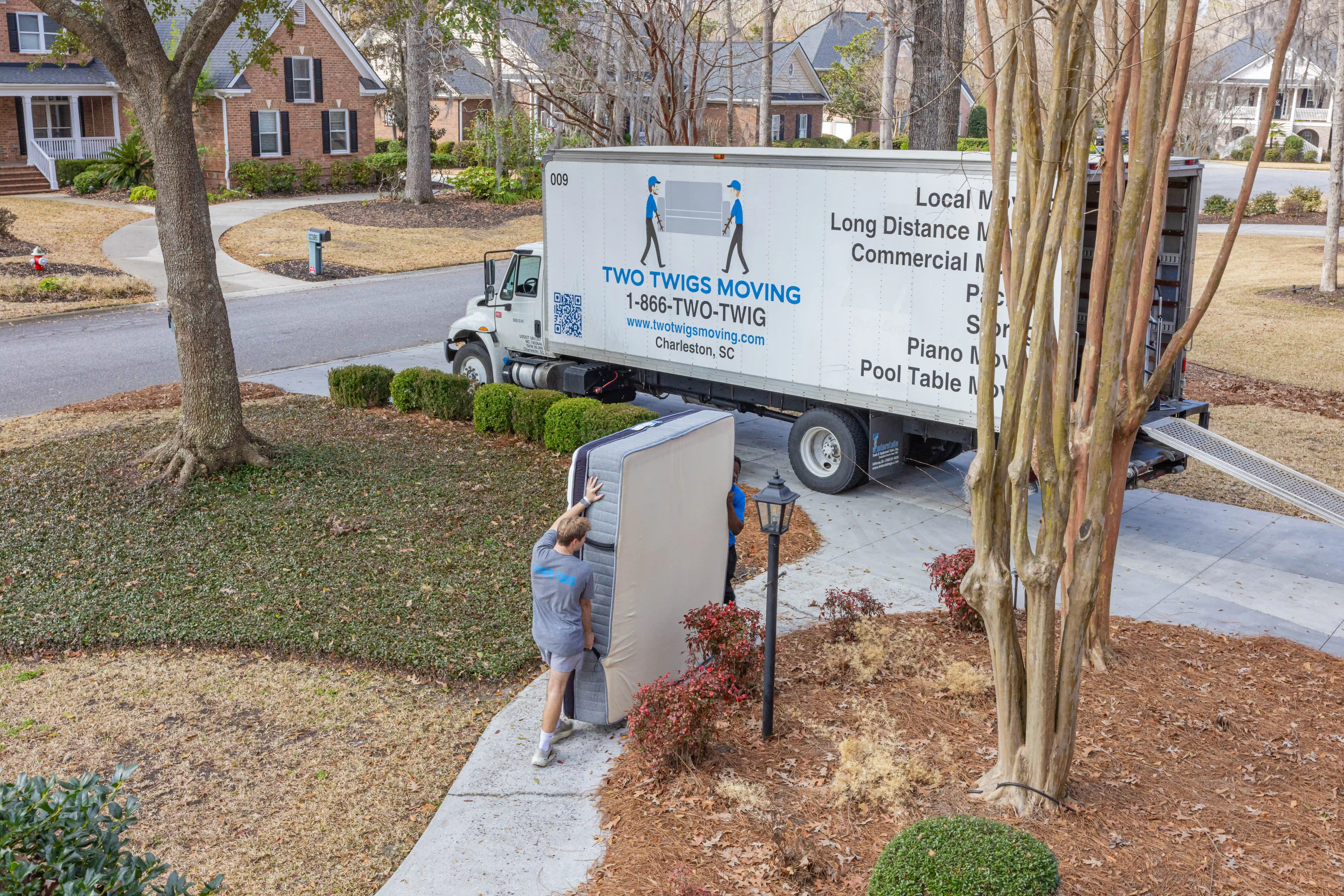Moving a piano safely requires careful planning, proper equipment, and expertise to ensure that both the instrument and those handling it remain safe throughout the process. Here’s a step-by-step guide on how to move a piano safely:
1. Assess the Situation: Before moving the piano, assess the layout of both the current and destination locations. Measure doorways, hallways, staircases, and any other obstacles to ensure that the piano can be safely maneuvered without causing damage to walls, floors, or the piano itself.
2. Gather the Necessary Equipment: Moving a piano requires specialized equipment to protect both the instrument and those moving it. You’ll need sturdy furniture straps, moving blankets or pads, a piano dolly or skid board, and a set of strong hands to assist with lifting and maneuvering.
3. Secure the Lid and Keyboard Cover: If your piano has a lid and keyboard cover, make sure to secure them in place before moving the instrument. This will help protect the internal components and prevent them from shifting during transit.
4. Wrap the Piano: Use moving blankets or pads to wrap the entire piano, securing them in place with furniture straps or heavy-duty tape. Pay special attention to the corners and edges of the piano, as these areas are particularly vulnerable to damage.
5. Lift the Piano onto the Dolly: With the help of several strong individuals, carefully lift the piano onto the piano dolly or skid board. Make sure to lift from the bottom of the piano to avoid straining your back or causing injury.
6. Secure the Piano on the Dolly: Once the piano is on the dolly, secure it in place with furniture straps or heavy-duty rope. Make sure that the piano is stable and unable to shift or tip over during transit.
7. Use Proper Lifting Techniques: When moving the piano, use proper lifting techniques to avoid injury. Bend at the knees, keep your back straight, and lift with your legs rather than your back. Take frequent breaks and ask for assistance if needed.
8. Maneuver with Caution: When transporting the piano, move slowly and carefully to avoid sudden movements or jerks that could cause the piano to tip over or become unbalanced. Use caution when navigating stairs, ramps, or uneven surfaces.
9. Enlist Professional Help: Moving a piano is a challenging and labor-intensive task that is best left to professionals. Consider hiring a reputable moving company that specializes in piano moving to ensure the safe and secure transportation of your instrument.
10. Inspect the Piano Upon Arrival: Once the piano has been moved to its destination, carefully inspect it for any signs of damage or shifting. If you notice any issues, document them immediately and contact a professional piano technician for inspection and repair.
By following these steps and taking the necessary precautions, you can move your piano safely and ensure that it arrives at its destination in perfect condition. Whether you’re moving across town or across the country, protecting your piano during transit is essential to preserving its beauty and sound for years to come.


.svg)


